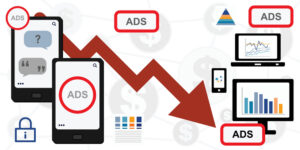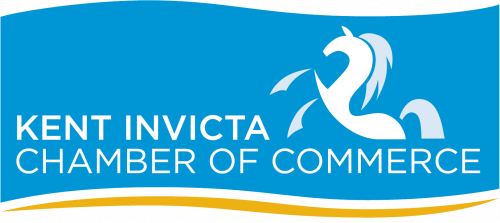What Is Ad Fatigue? + How To Diagnose & Cure It
Learn about the concept of ad fatigue, how to identify it, and effective strategies to overcome it in your digital marketing campaigns.
Understanding Ad Fatigue
Ad fatigue refers to a phenomenon where an audience becomes less responsive or uninterested in an advertisement after being exposed to it multiple times. It occurs when people are continuously exposed to the same ad, leading to a decrease in its effectiveness.
When ad fatigue sets in, the target audience may start ignoring or actively avoiding the ad, resulting in a decline in click-through rates, conversions, and overall campaign performance.
Understanding the concept of ad fatigue is crucial for digital marketers as it helps them optimise their campaigns and prevent audience disengagement.
Signs and Symptoms of Ad Fatigue
There are several signs and symptoms that indicate the presence of ad fatigue. By recognising these signs, marketers can take timely action to prevent further decline in campaign performance. Some common signs of ad fatigue include:
1. Decreased click-through rates: When ad fatigue sets in, the number of clicks on the ad decreases significantly.
2. Declining conversion rates: As ad fatigue progresses, the number of conversions, such as purchases or sign-ups, also decreases.
3. Increased cost per acquisition: Ad fatigue can lead to an increase in the cost per acquisition as the ad becomes less effective in generating conversions.
4. Decreased engagement: The audience may show reduced engagement with the ad, such as fewer likes, comments, or shares on social media platforms.
Recognising these signs is essential for diagnosing ad fatigue and taking appropriate measures to address it.

Diagnosing Ad Fatigue
Diagnosing ad fatigue requires a thorough analysis of campaign data and performance metrics. Here are some key steps to diagnose ad fatigue:
1. Monitor click-through rates: Keep a close eye on the click-through rates of your ads. If you notice a significant decline over time, it could be a sign of ad fatigue.
2. Analyse conversion rates: Examine the conversion rates of your ads. If they have been steadily decreasing, it indicates the presence of ad fatigue.
3. Review engagement metrics: Look at metrics such as likes, comments, and shares on social media platforms. A decrease in engagement suggests ad fatigue.
4. Conduct audience surveys: Gather feedback from your target audience through surveys or interviews to understand their perception of your ads.
By analysing these factors, marketers can diagnose ad fatigue and take appropriate measures to address it.
Strategies to Cure Ad Fatigue
Once ad fatigue is diagnosed, it is crucial to implement strategies to cure it and regain the audience’s interest. Here are some effective strategies:
1. Rotate ad creatives: Avoid showing the same ad to the audience repeatedly. Instead, create multiple variations of the ad and rotate them to keep the content fresh and engaging.
2. Target different audiences: Expand your target audience by reaching out to new demographics or segments. This helps prevent overexposure to the same audience and reduces the risk of ad fatigue.
3. Optimise ad frequency: Adjust the frequency of your ads to strike a balance between reaching the audience enough times for effective exposure and avoiding excessive repetition.
4. Experiment with ad formats: Try different ad formats, such as video ads, carousel ads, or interactive ads, to provide a fresh and engaging experience to the audience.
5. Personalise ad content: Tailor your ad content to match the preferences and interests of your target audience. Personalisation can help combat ad fatigue by making the ads more relevant and engaging.
Implementing these strategies can help cure ad fatigue and improve the performance of your digital marketing campaigns.
Measuring Success and Preventing Future Ad Fatigue
Measuring the success of your efforts to cure ad fatigue is essential to ensure long-term campaign effectiveness. Here are some ways to measure success and prevent future ad fatigue:
1. Track key performance indicators (KPIs): Continuously monitor KPIs such as click-through rates, conversion rates, engagement metrics, and cost per acquisition to gauge the impact of your strategies.
2. Conduct A/B testing: Test different variations of your ads to identify the most effective ones. A/B testing helps optimise your campaigns and prevent ad fatigue by providing insights into what resonates best with your audience.
3. Stay updated with industry trends: Keep up with the latest trends and innovations in digital marketing to stay ahead of the curve. Adapting to changes in consumer behaviour and preferences can help prevent future ad fatigue.
4. Regularly review and refresh ad content: Periodically review your ad content and make necessary updates or changes to keep it relevant and captivating.
By consistently measuring success and taking proactive steps to prevent ad fatigue, marketers can ensure the long-term effectiveness of their digital marketing campaigns.


